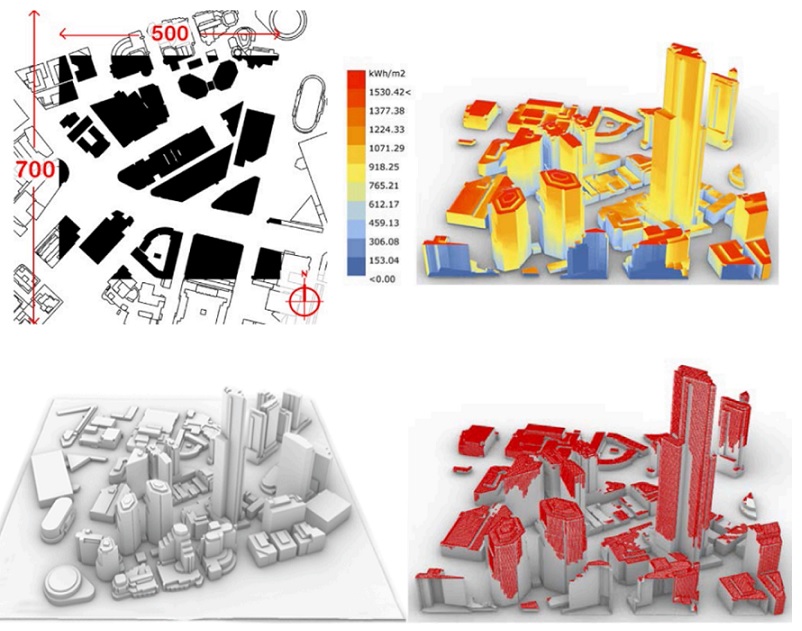Monash University researchers have found central Melbourne could meet most – or up to three-quarters – of its own energy needs with solar-powered rooftops, walls, and windows.
They found this by calculating how much solar energy the City of Melbourne could produce by looking at the amount of sunlight that fell on buildings in the city over a year.
To do this, they developed a 3D model of the city to map out if the buildings would be sunny enough for photovoltaic panels (PV), or ‘solar cells’.
“We set a threshold for solar radiation of 1,000-kilowatt-hours per square metre per year, because who would install a PV in an area where there’s not enough radiation?” Maria Panagiotidou, a co-author of the paper, said.

Dr. Panagiotidou is a private sustainability expert and Monash research fellow
Solar windows – solar cells that generate electricity while allowing light to pass through – don’t exist yet.
Building-integrated photovoltaics (BIPV) – built-in solar panels to the exterior of the building – is a similarly emerging technology.
Dr. Panagiotidou says town planners should consider these technologies, as well as sun and shadow, in their design plans.
“We need to figure out what’s the best design to have the largest amount of incident solar radiation on the buildings’ surfaces.”
Source: ABC News

